Outside fashion shot for sunglasses with extreme styling and flash Part III : let’s talk storytelling
This is it
I think we can all agree that gear, lighting, styling, location etc. are all important for a successful shoot. Although during this workshop series we already saw that the location can be transformed quite easily from ok to wow by choosing the right angles and lighting/styling etc.
If you missed the previous ones you can read them here (highly recommended)
Let’s talk about the flash
Let’s talk about gear
Ok so now it’s about story telling, and what do I mean with story telling.
When we look back into history, even as far as the cavemen, the main reason to create “art” was to tell stories. Ranging from one man killing a Bison in the caves to whole paintings containing scenes from the Bible, and everything in between. Now of course there are also still lives and landscapes but I hope you know what I mean 🙂
When we look at what we see online today it’s a boatload of selfies, photos of food or things I can’t mention here. We are bombarded with a huge amount of images every single day. But when is the last time you really stopped to look at something? or when was the last time you were really impressed with an image?
Most of them probably have have the same element
And that’s story telling.
Now story telling can be done in just one image, but also in a series.
During the workshop on location in Emmeloord we find locations that are not immediately awesome, but I show the attendees how, together with an awesome model and styling in this case, you can transform those locations to something great with choosing the right lighting and shooting angles.
This is the second set of that workshop.
For this setup we went to the local beach, we chose a location with some trees behind Nadine and a slight rise.
Nadine brought a lot of Delfts blue we used as props spread around her.
Now the styling on it’s own already did a lot but when I saw that the umbrella was breaking down I decided to also use something else.
Manipulate the sun/ambient light
We talked about this technique a few times in the blog and during digital classroom episodes.
Dragging the shutter.
What I do outside to get the look I like :
- First I make sure my cameras EVF is in emulation mode
- I will set my camera to “manual” mode and the shutterspeed to 1/125 (when shooting without HSS) and the lowest ISO.
- Now I will look through the display and adjust the aperture till I think the scene looks like I want.
- Now I will set it ONE stop darker.
- Take the Aperture you see in camera for the look you like
- Use a lightmeter to meter the strobe at the aperture you liked
- start shooting with a shutter speed of 1/60 but with the set aperture
You might wonder why I shoot at 1/60
It’s very easy to explain luckily.
When shooting without HSS I can not shoot faster than 1/125 (sometimes 1/200) this means when I shoot with strobes and I think the background should be darker I have to adjust my strobes, or when I want to experiment I end up with different apertures, meaning different looks due to depth of field. This breaks the total look of a series and can sometimes work and sometimes not.
By adjusting the strobes one stop higher than I thought was perfect and lowering the shutter speed by 1 stop I’m getting the exact result I liked at the start with an added bonus. When I want the background darker I can raise my shutter speed to 1/125 or sometimes 1/200 and get a much darker background, but because I’m shooting with strobes I can also go as a low as 1/30 and sometimes even 1/15th this gives me a nice dynamic range to work with without breaking the look of the shot.
The weather
I’m nog just using this technique to adjust the look of the shot, but also to be able to react to changing lighting on location.
And in this case for story telling.
The following series was shot within 5 minutes, so the lighting didn’t really change, however because the umbrella was breaking down I decided to raise the shutter speed and make the whole scene look darker the more the umbrella broke down.
As you can see in the next series, changing the look of a scene by the shutter speed is fast and easy and has a huge impact on the photo. I love to use it.
Let’s first take a look at the gear used :

Annewiek is holding the lightstand on which the Geekoto GT200 is mounted with a large reflector aimed at the model.
And that’s all actually.
So let’s take a look at the results.
Model/Styling : Nadine
Sunglasses : Sparks
www.fotografie-workshops.nl for the Dutch workshops
www.frankdoorhof.com/shop for my gear
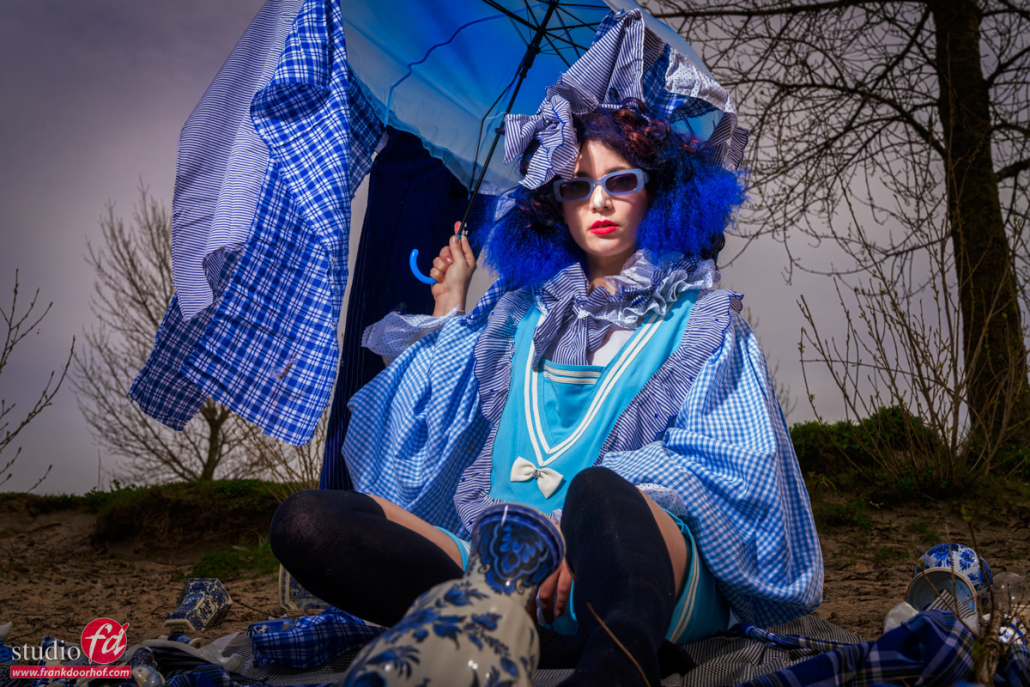

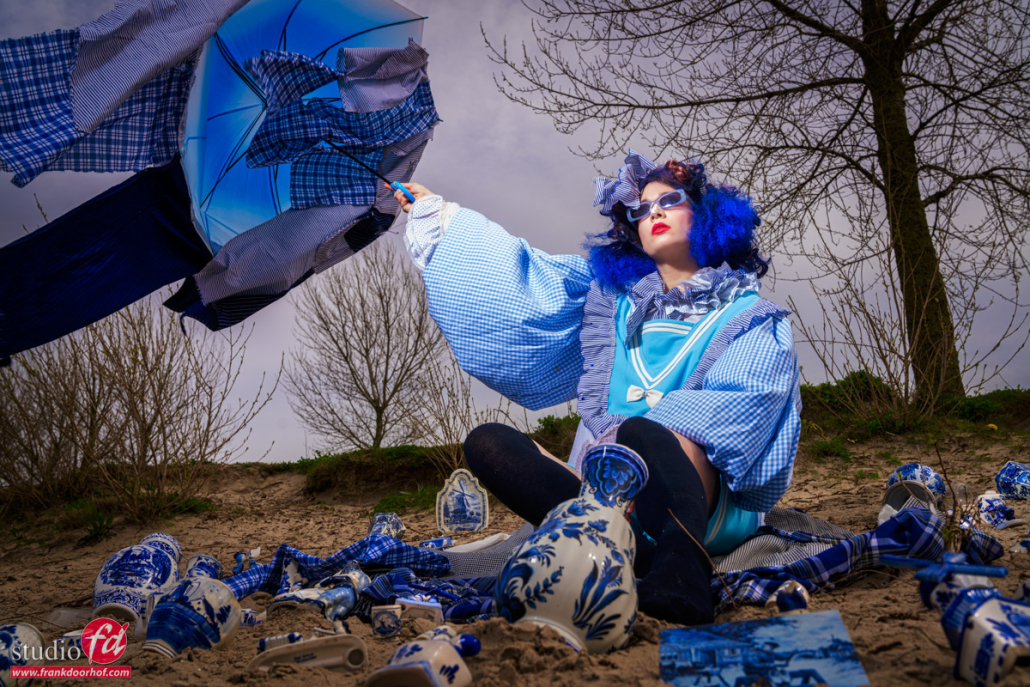
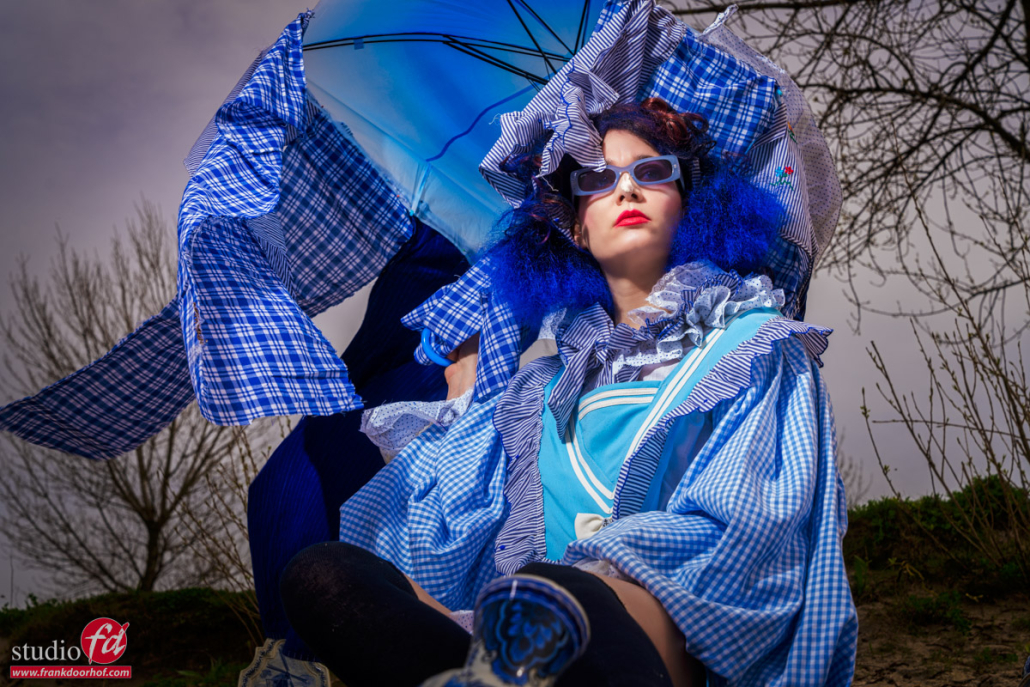
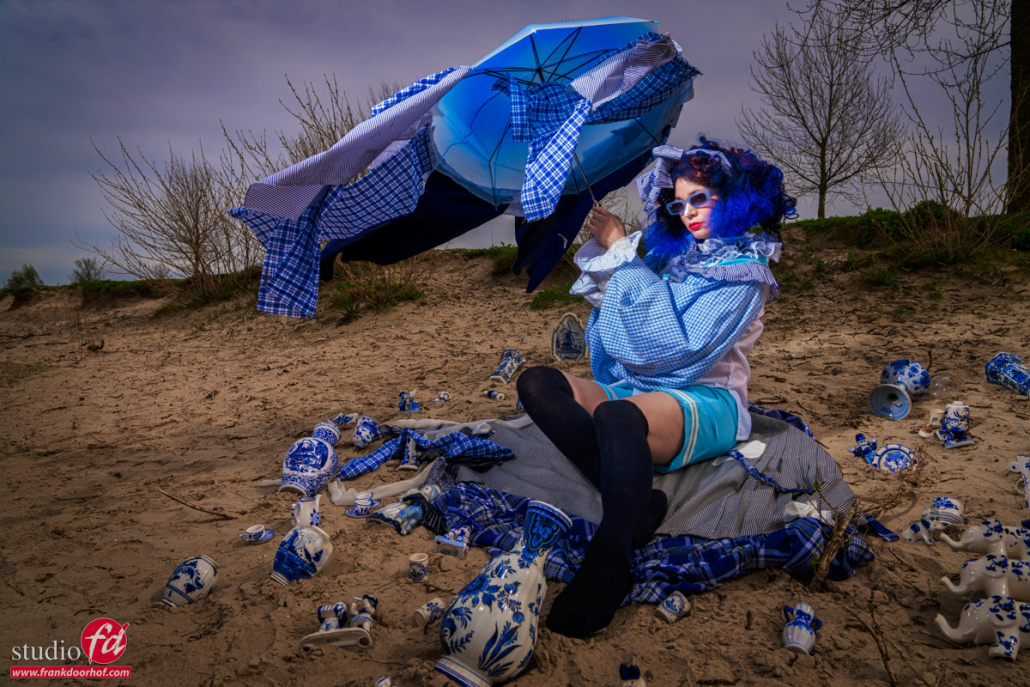
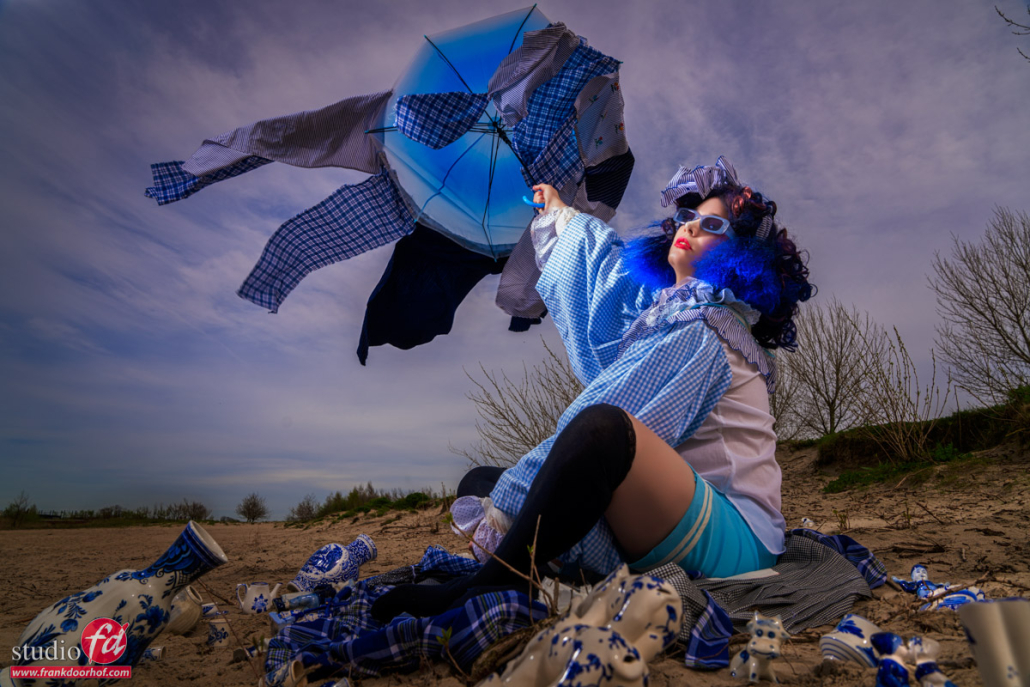

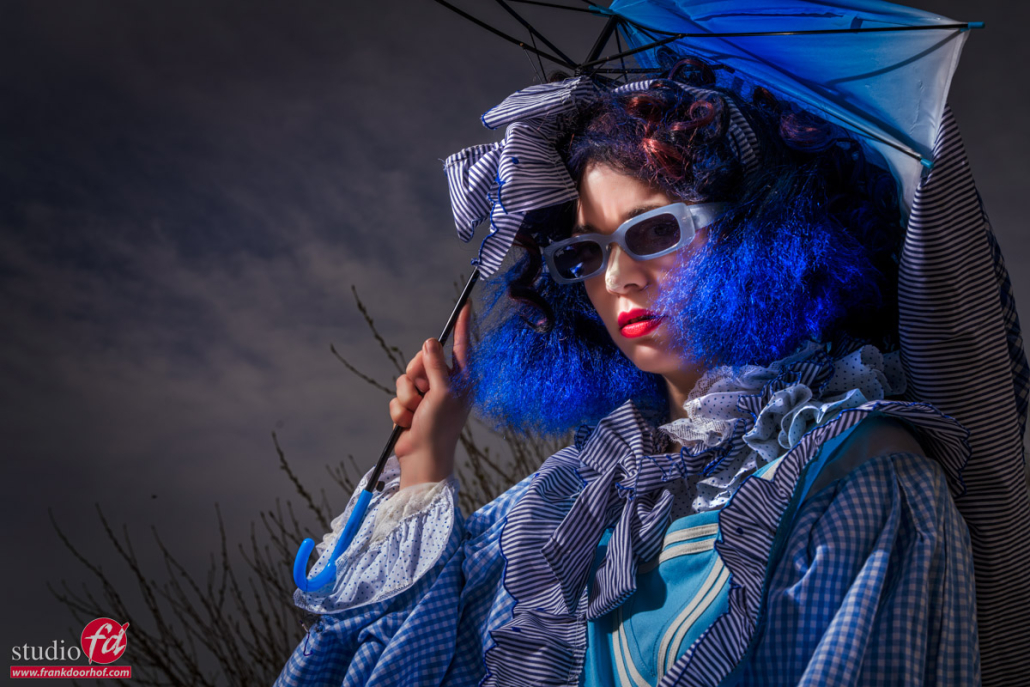
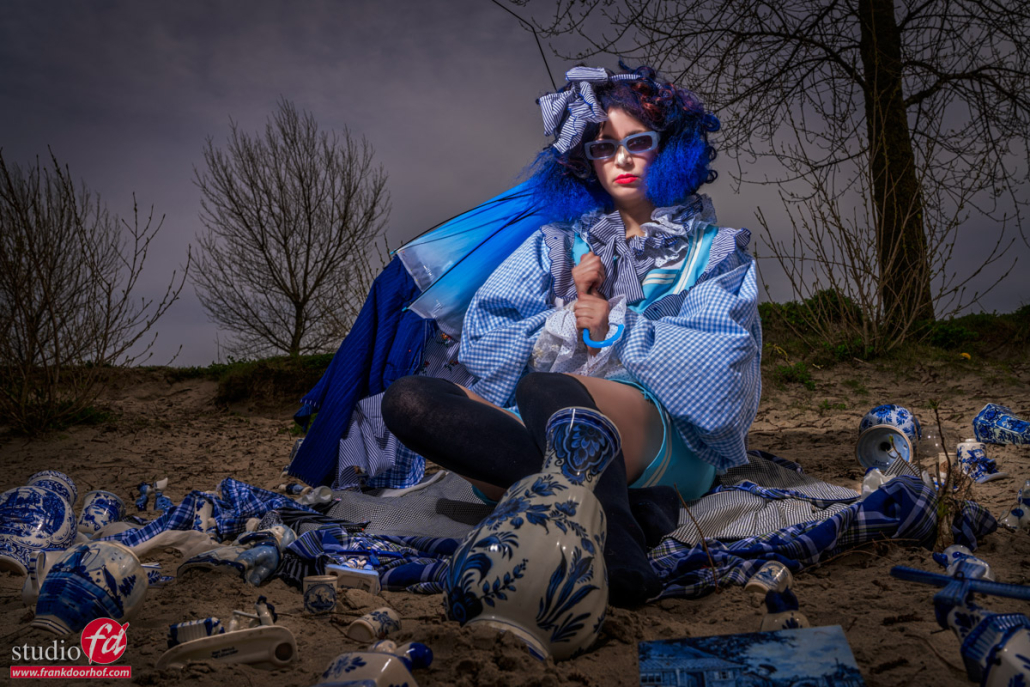
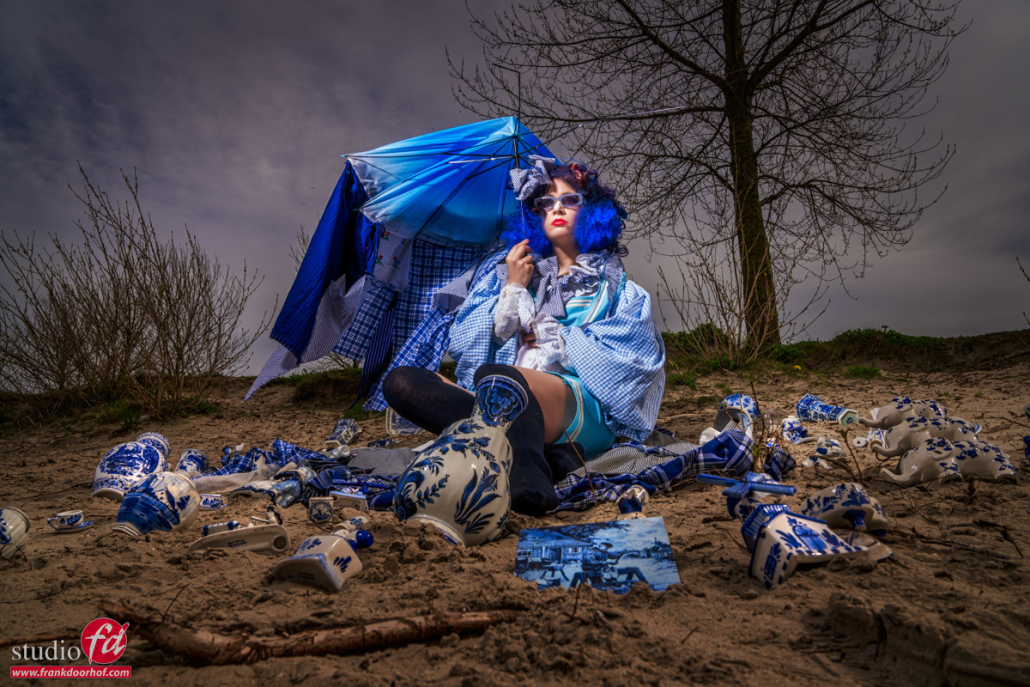
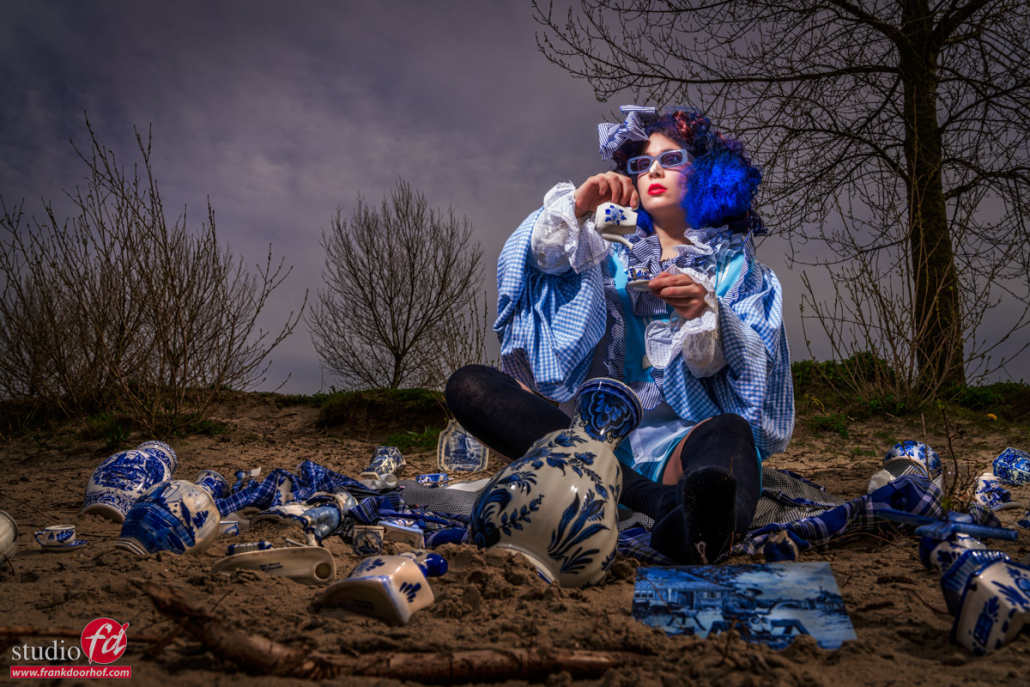
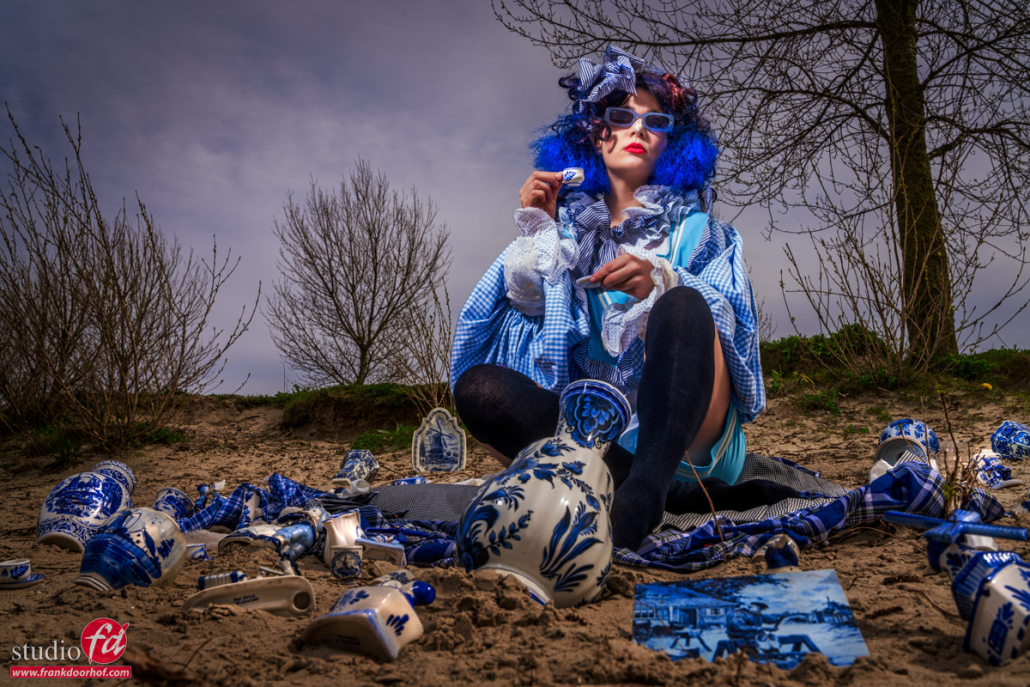

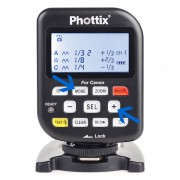

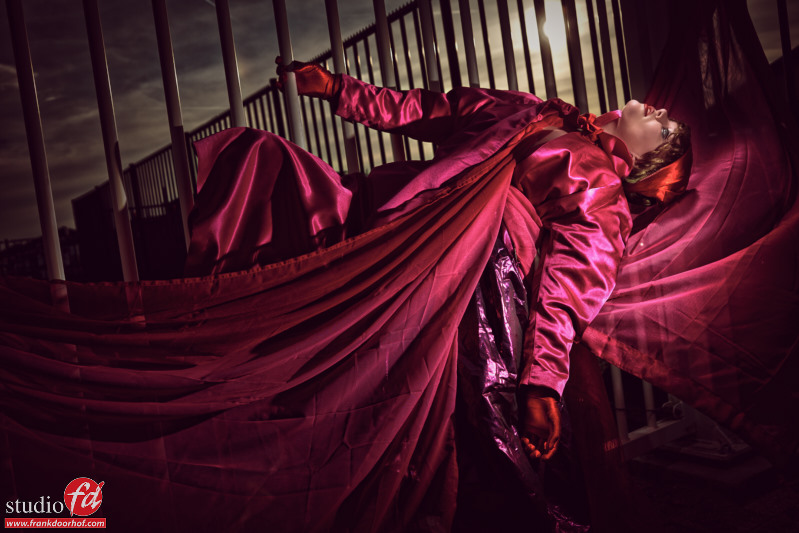
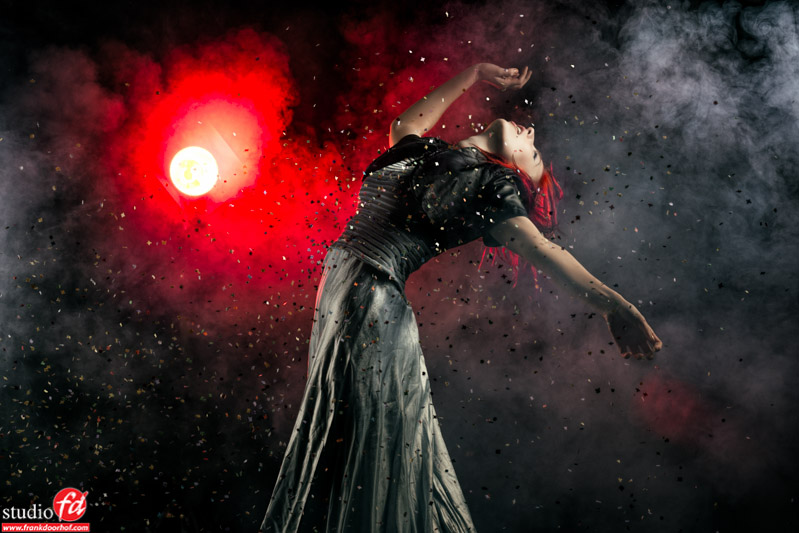

You must be logged in to post a comment.